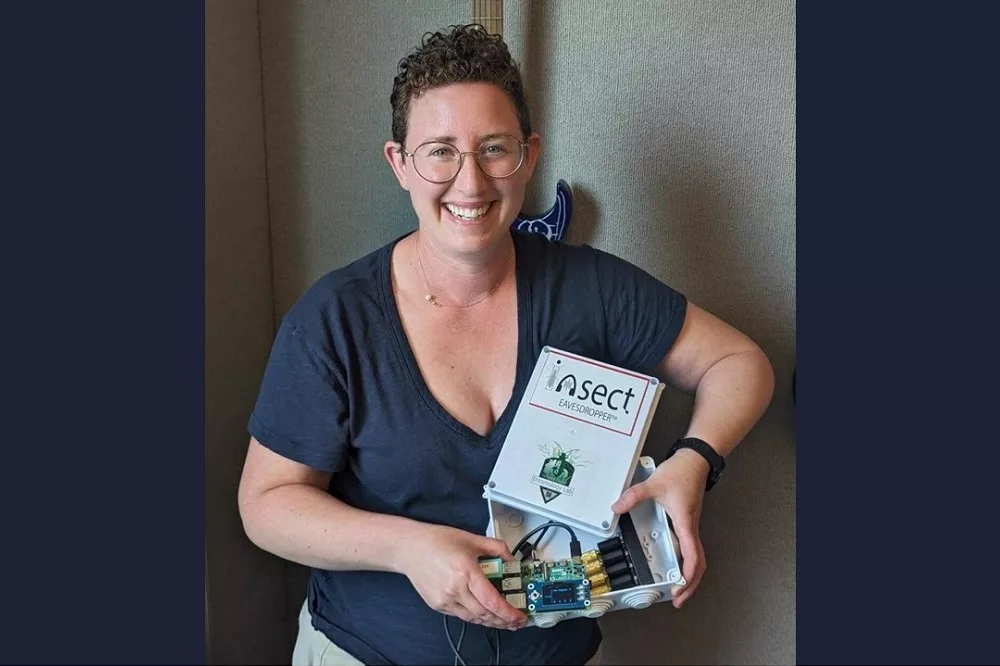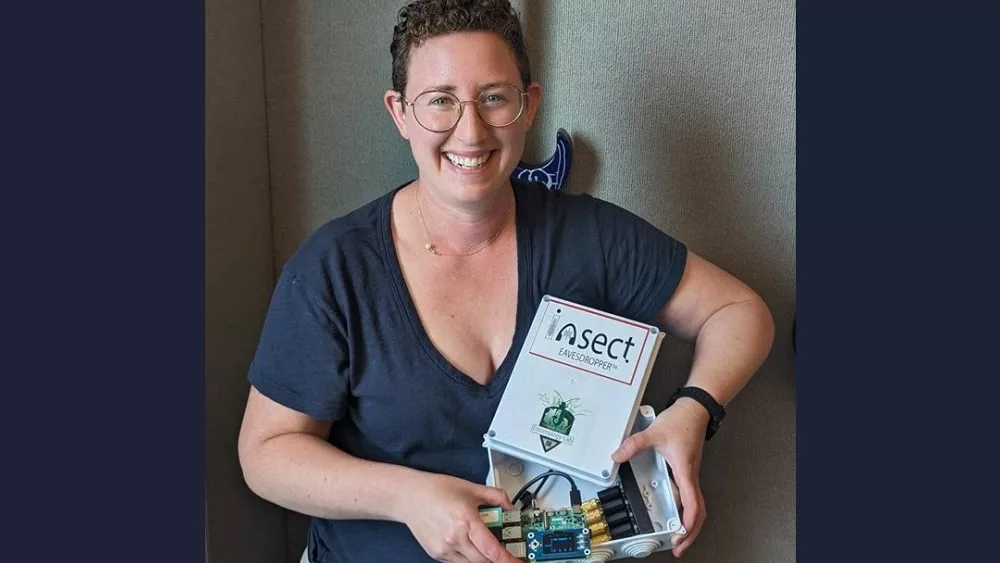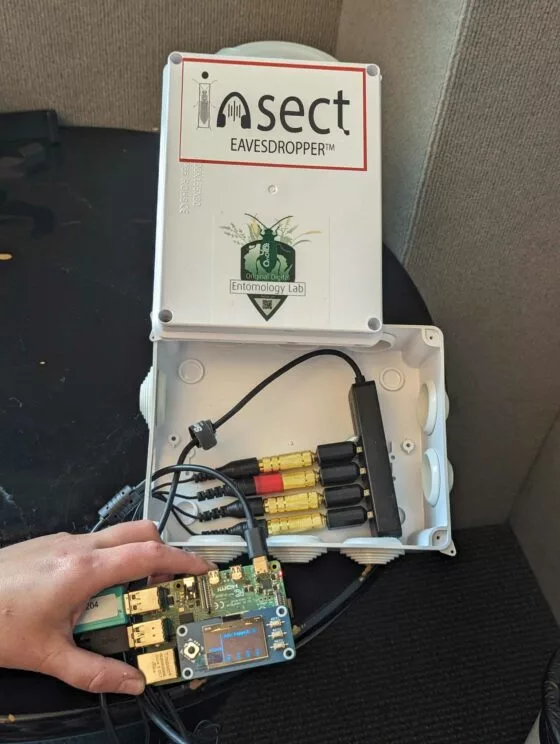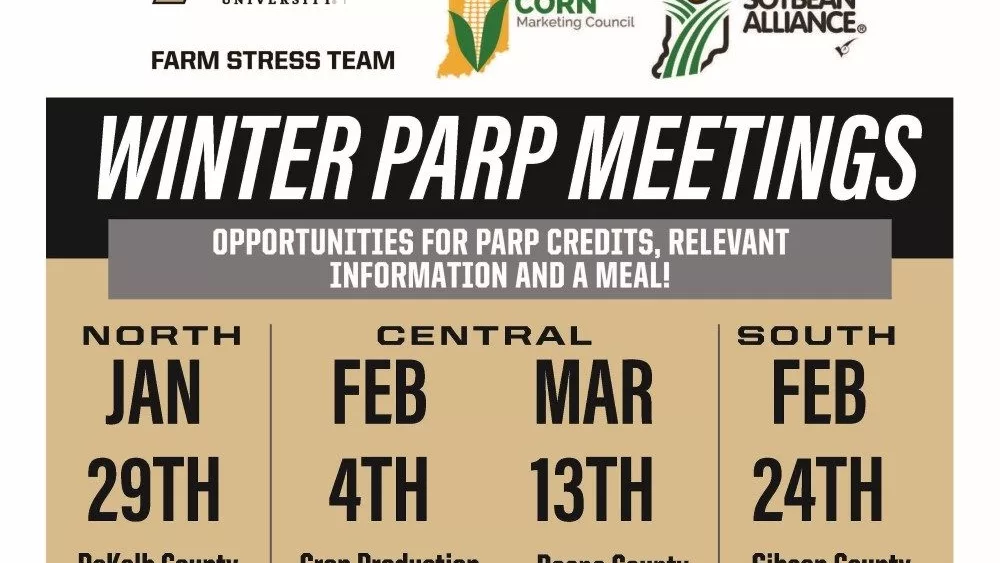
Imagine detecting pests in your crops simply by using a microphone to listen to them eat? This groundbreaking concept has become a reality with the introduction of brand-new tool called the Insect Eavesdropper.
“It’s basically a guitar mic that we clipped onto a plant which had an insect feeding on it,” says Emily Bick, an entomology professor at the University of Wisconsin and co-founder of the Insect Eavesdropper.
She says by harnessing the power of sound, this sensor offers farmers a new way to detect and monitor insect pests directly on their crops.
“We actually figured out that you only need to clip the mic on for about 40 seconds to be 95 percent confident that you have an insect if it’s there—with the big caveat that it is during the time of day that the insect is feeding since they feed at certain times for our about four hours a day,” says Bick. “So, if you clip it on during that time of day and you wait 40 seconds, you’ll know really easily if you have that insect.”
She says Insect Eavesdropper offers significant advantages over traditional methods, which often involve labor-intensive processes like digging up plants or using traps.
“To figure out if you have corn rootworm in your field, you have to dig the plant—especially at the larval stage, which is doing the vast majority of the damage. You take the plant, you have to put it in a bucket, and you wait until the larva hatches, dries out, and then you can start to count it and you can actually tell what that damage is,” says Bick. “But this type of sensor allows for that direct detection without having to bring your machete or butcher’s knife to cornfield to split a stock of corn or try to open a cob of corn to see if you have corn earworm. All you could just simply do is listen for them.”
Bick says that the idea for Insect Eavesdropper came about while she was studying crops overseas.
“We thought of the idea during a trip to a sugar cane plantation in Indonesia,” she says. “I was working with all of these population models trying to predict when pests show up just based off of the temperature, and the farmers I was working with out there said, ‘We don’t care when the adults show up, we really want to know are the larvae in the stock.’ We thought we can actually use the plant stem as a way to amplify the sound and actually hear or ‘eavesdrop’ on insects as they’re directly feeding on the crops.”
Bick says that she and her team of researchers are still working to further develop the technology. They have distributed prototypes to 20 academic labs, including some in Europe, for further testing. She says the goal is to refine the technology to accurately detect different types of pests across various crops and environments.
“We’re working on a suite of machine learning algorithms to differentiate species,” says Bick. “Even though there are over two-million known insect species, only a few are pests for crops like corn.”
Source: NAFB News Service






